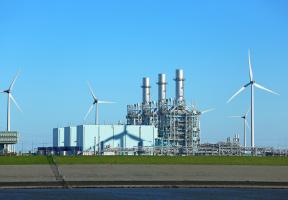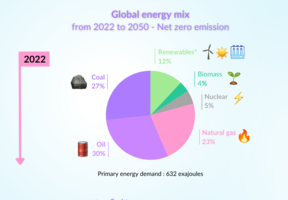Article

High School
Video

Middle School
Infographic

High School
Article

Middle School
High School
Article

Middle School
High School
Article

Middle School
High School
Article

Middle School
High School
Figures

High School











